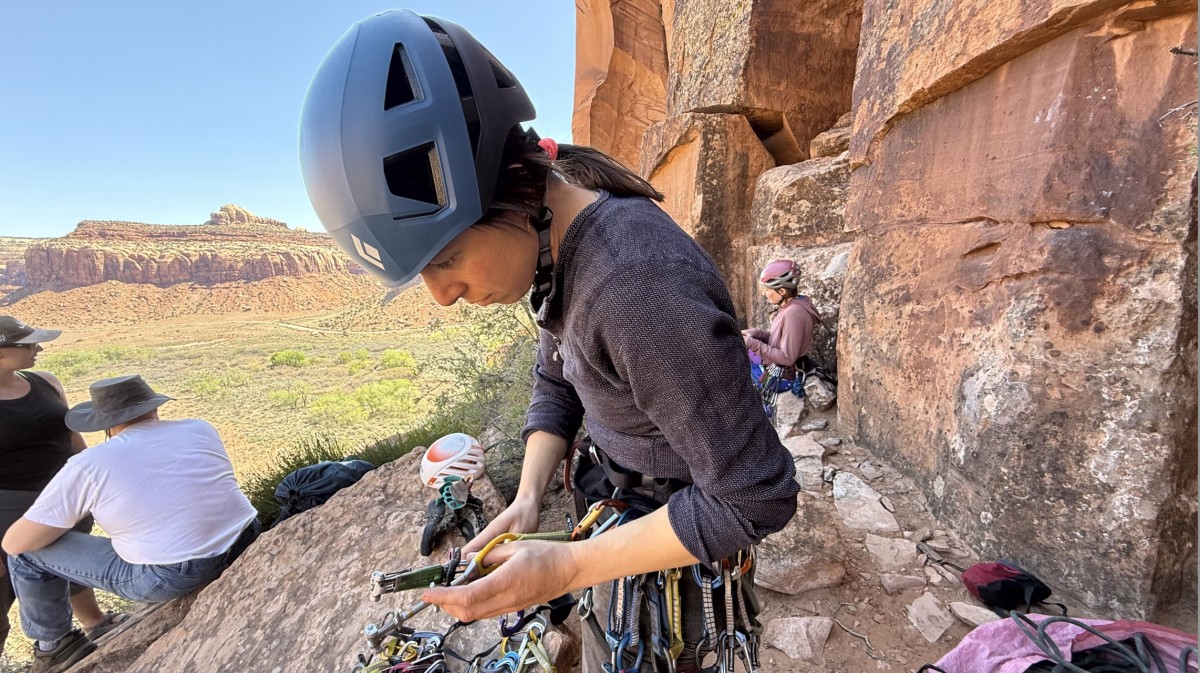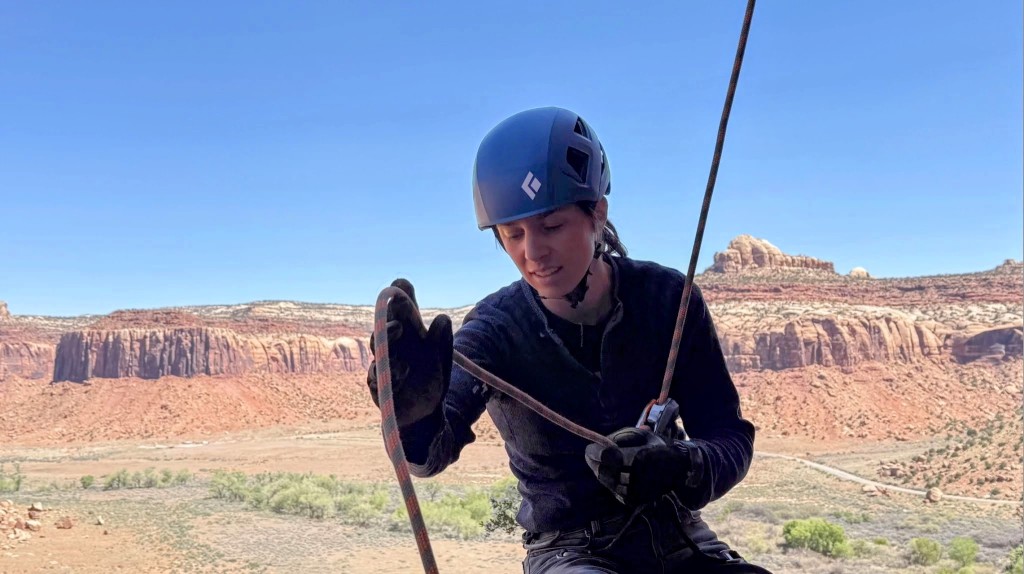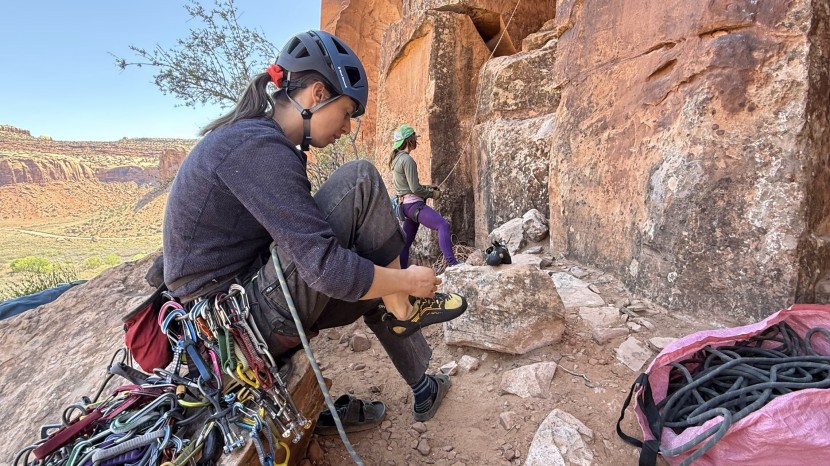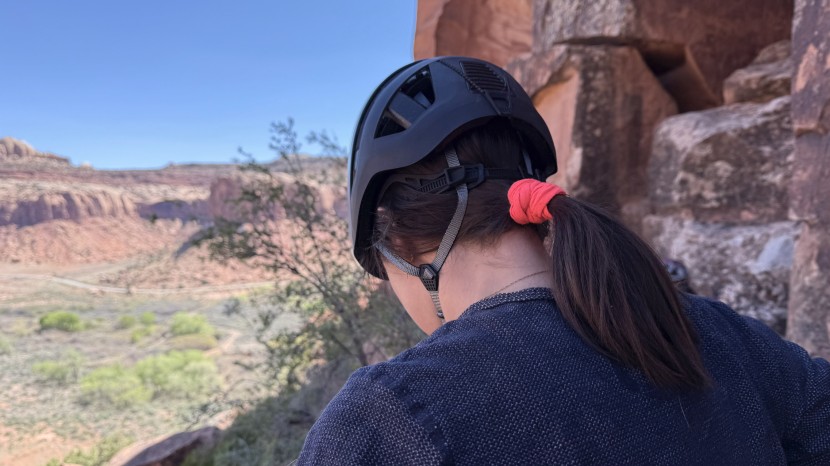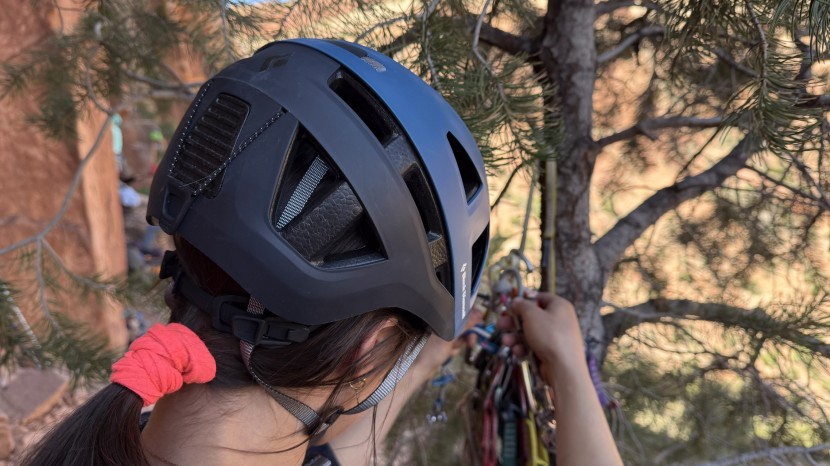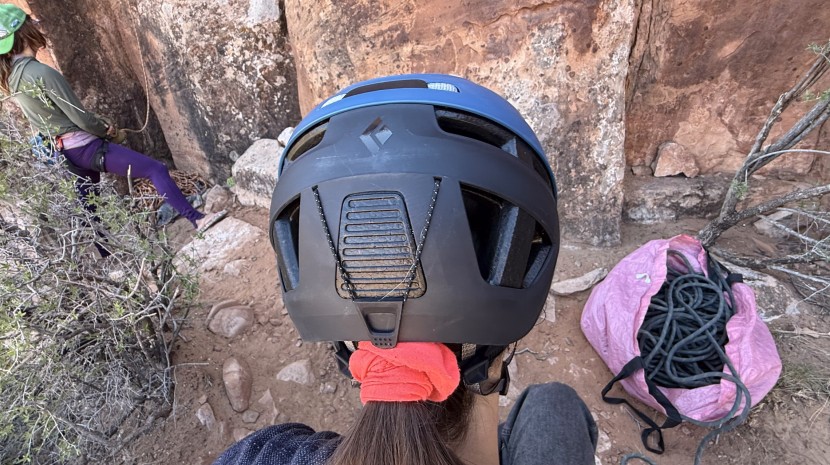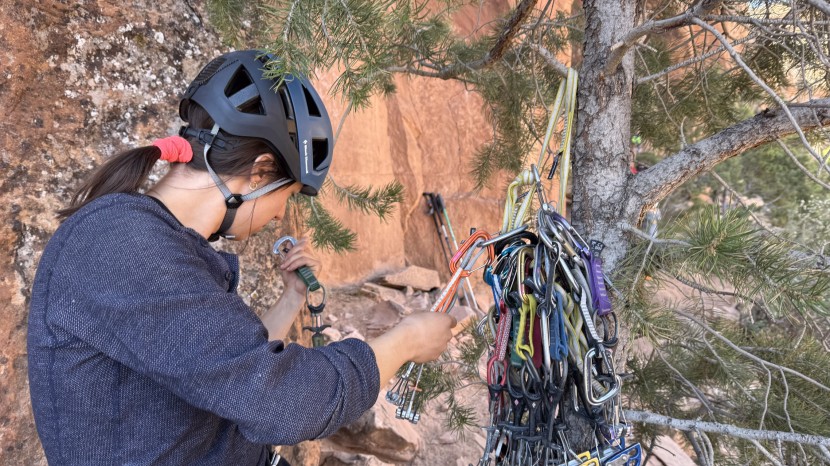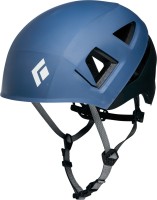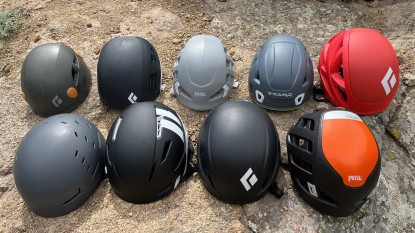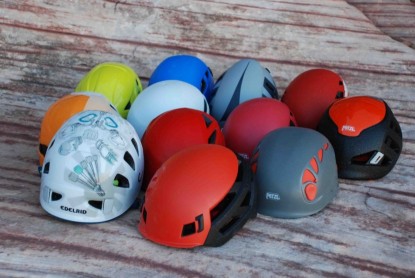Black Diamond Capitan Review

Our Verdict
Our Analysis and Test Results
The Black Diamond Capitan is a relatively newer offering from BD. Unlike other price point models in their lineup, the Capitan meets the newly proposed side and back protection requirements by the UIAA. The 2-part ABS shell also makes this helmet lighter weight and more durable than other hardshell options.
Comfort
The Capitan is much more comfortable than other helmets at a similar price point. Much of this additional comfort is thanks to its adjustability, which we'll discuss later. That said, it's not nearly as comfortable as other, more premium helmets we tested. The general shape of the Capitan is a bit “unique”, even compared to other Black Diamond helmets. Despite extensive adjustment, it still didn't comfortably fit all of our testers.
The additional side and back protection makes this helmet sit a bit higher on your head than feels ideal – it is hardly low-profile, like the website claims. Lastly, Capitan is on the heavier side, and a few ounces make more of a difference than you might think. Compared to other lightweight helmets we tested, it's especially noticeable after a long day of climbing.
Adjustability
Adjustability is key when you want to climb glaciated peaks with the same helmet you'll wear for an afternoon at the sport crag. The Capitan offers five points of adjustability: each side of the internal suspension system, two pass-through slips near the ear, and, of course, an adjustable chin strap.
Together, all of these adjustment points provide a lot more leeway than other budget picks we tested. The two sticking points, literally, are the plastic slips where the chin straps feed into the suspension system. It was a hassle to adjust those appropriately, which we noticed when we shared the Capitan between testers.
Weight
Weight is admittedly the Capitan's biggest downfall, but that's true of most hardshell, budget helmets. There is a significant correlation between price point and weight when it comes to climbing helmets, and this one is no exception. Weighing in at 11.5 ounces, the Capitan is, relatively, one of the heaviest helmets we tested.
On the flip side, this extra weight is thanks to the additional coverage on the sides and back, and the 2-part ABS plastic that's responsible for the Capitan's superb durability. If this is your first helmet or you intend to wear this helmet mostly for cragging, we don't think you'll be able to tell the difference. However, if you're a seasoned climber who's planning alpine trips to the greater ranges of the world, the Capitan might not be the best option for you.
Ventilation
Similar to its weight scores, the ventilation scores for the Capitan take a hit due to the features that increase protection and durability. The combination of EPP foams and an EPS foam puck certainly provides excellent impact protection. However, we were pretty hot climbing long, sunny routes with all of that material on the top of our heads.
The two-part ABS shell – which, admittedly, vents better than a single, hard-plastic shell – still covers all of that thick, internal foam. Despite ample ventilation holes, the Capitan never felt airy, especially compared to the lighter-weight options we tested. That said, everything with climbing equipment is a trade-off, and what you lose in weight and ventilation, you gain in other ways.
Features
Even though it's a budget option, the Capitan still boasts many of the same features you'll find on higher-performance, more expensive climbing helmets. The headlamp strap is a notable step up from other budget helmets we tested. The beefy strap in the back of the helmet inspires confidence that our headlamp won't shake loose, and it works well in tandem with two solid clips up front. This proved true, even when we didn't properly place our headlamp in the front clips.
The added full-coverage side and back protection lives up to current UIAA standards by keeping your head more sheltered from the impact of falling rocks. Speaking of cushion, the removable velcro pads inside the Capitan can be reversed, affording you even more time out before you have to throw them in the wash. And, we'd be remiss not to mention that the Capitan comes in multiple (and dare we say, stylish) colorways.
Durability
Black Diamond advertises the Capitan as their “ultra-durable” helmet, which we took as a challenge. Our testers—long-time big wall climbers who know how to put climbing gear through its paces—found that, despite their best efforts, the Capitan in fact lives up to brand advertising. If you have big-wall aspirations, this helmet lives up to its namesake, easily withstanding the abuse grade VI climbs dole out.
The 2-part ABS shell fully covers the impact-absorbing EPP foam and EPS foam puck, minimizing exposure of any softer parts of the helmet. Having chipped off pieces of nearly brand-new helmets with more exposed foam in the past, we were happy to find that the Capitan was relatively resistant to abuse. Both the plastic clasps on the internal harness and the helmet itself were quite resilient, save for some minimal surface scuffing over the course of our extended testing period.
Should You Buy the Black Diamond Capitan?
The Black Diamond Capitan wins our Best Budget Pick for a reason. For a lot of climbers, the features, protection, and ultimate durability the Capitan offers outweigh areas where this helmet lacks performance. If you're early into your climbing career, climb mostly at the crag or gym, or you're quite frugal and simply want an affordable helmet to last, then the Capitan should be at the top of your list. If you're going on far-flung climbing trips where shaving weight is a paramount consideration, there are better helmets in our lineup for you.
What Other Climbing Helmets Should You Consider?
If you're looking to save weight without entirely breaking the bank, check out the Petzl Meteor. It's not quite as light as the Petzl Sirocco, our favorite ultralight helmet, but it's cheaper and more durable. Looking to invest in one helmet that's a jack of all trades? The Black Diamond Vision MIPS is expensive, but it offers the most well-balanced performance, including balancing weight and durability.
| Awards | Best Bang for the Buck |
|---|---|
| Price | $70 List Check Price at REI |
Overall Score  |
|
| Star Rating | |
| Bottom Line | This highly durable helmet offers excellent protection at an unbeatable price point, making it a great option for entry-level climbers |
| Pros | Reasonably priced, super durable, improved side and back coverage |
| Cons | Poor ventilation, relatively heavy, unique fit |
| Rating Categories | Black Diamond Capitan |
| Comfort (30%) | |
| Adjustability (20%) | |
| Weight (20%) | |
| Ventilation (10%) | |
| Features (10%) | |
| Durability (10%) | |
| Specifications | Black Diamond Capitan |
| Measured Weight (Size Medium or M/L) | 11.5 oz |
| Shell Style | 2-piece ABS shell, EPP foam and an EPS foam puck |
| Certifications | EN 12492, UIAA |


